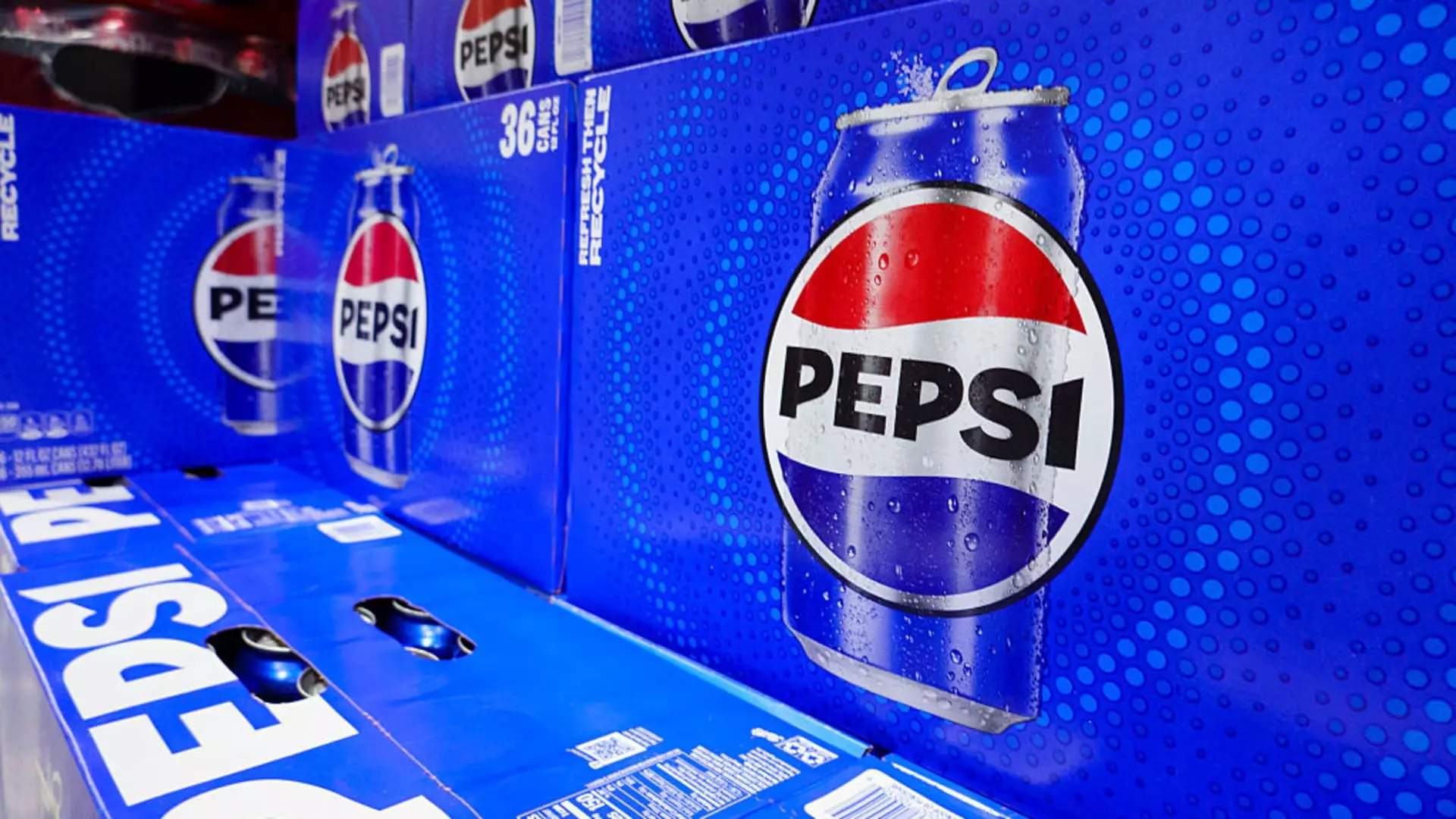PepsiCo’s recent earnings report paints a picture of modest success, but beneath the surface lies a troubling narrative of declining demand and mounting operational challenges. The company’s reported revenue of $22.73 billion surpasses expectations, seemingly signaling resilience in a competitive marketplace. Yet, a critical examination reveals that this appearance of strength is built on shallow gains—primarily driven by inflation-driven pricing strategies rather than genuine consumer preference shifts. The fact that organic revenue grew a mere 2.1% amid rampant inflation signals that PepsiCo’s core market is stagnating, not thriving. This discrepancy suggests that the company’s so-called growth is artificial, masking an underlying decline in consumer enthusiasm for its offerings.
Declining Volumes and an Eroding Market Share
The stark reality is that PepsiCo’s volume metrics tell a more sobering story. Worldwide, food and beverage volumes have contracted—food volume shrank by 1.5%, and drinks stayed flat overall, with North American segments experiencing actual declines. More alarmingly, the North American food division saw a 1% drop in volume, despite the company’s efforts to lean into trendy protein and multicultural products. This indicates that even strategic diversification fails to fully counteract the fundamental weakness in core sales. The relatively flat or declining volumes suggest that consumers are increasingly resistant to traditional soda and snack options, influenced by health trends, economic constraints, or shifting taste preferences. The assumption that targeted marketing and new product lines can revive flagging demand is overly optimistic and overlooks deeper demographic shifts.
The Illusive Comfort of Marketing and Efficiency Measures
PepsiCo’s cost-cutting initiatives, including closing manufacturing plants and improving logistics, may boost short-term margins but do little to address the systemic decline in consumer engagement. These measures are reactive, not strategic solutions to fundamental consumption changes. The company’s effort to reallocate marketing spend for better returns remains superficial; it doesn’t change the fact that the overall market for sugary drinks and processed foods is shrinking. Meanwhile, the push for efficiency and merger of divisions attempts to mask the reality that core products are losing relevance. The domestic market improvements touted by CEO Ramon Laguarta serve as tokens rather than signs of sustainable growth—an optimistic distraction from the broader decline.
Misleading Optimism and the Illiquid Long-term Outlook
PepsiCo’s reaffirmed outlook for the year, maintaining a low-single-digit organic revenue growth and flat earnings per share, reeks of complacency. Such projections are increasingly detached from reality as the economic environment becomes more volatile. The recent tariff impacts, economic uncertainty, and consumer cautiousness cannot be wished away by cost-cutting or product reformulation. The company’s reliance on price increases to sustain revenue margins is an increasingly fragile strategy, especially as consumers tighten their belts amid economic downturns. This teetering outlook suggests that PepsiCo may be heading into a period of stagnation—if not decline—masked by short-term tactical misdirection.
The Impending Reality for a Market Leader
Ultimately, PepsiCo’s current narrative is a mirage of stability in the face of a transforming consumer landscape. While the company boasts a slight rise in premarket share and an optimistic outlook, these are superficial signs of a business struggling beneath the surface. The core challenge is not just about product diversification or operational efficiency; it’s about adapting to a rapidly evolving marketplace where health consciousness, economic hardship, and environmental concerns redefine consumer priorities. If PepsiCo continues to rely on traditional strategies without real innovation or genuine engagement with shifting demographics, it risks becoming increasingly irrelevant—a giant standing still in a world that moves forward rapidly.


Leave a Reply